Undergraduate Final Year Project: presence
Speculating Relationships Across Time Zones
With international migration becoming commonplace, presence is a tactile communication experience to help you stay in touch with a loved one across time zones. With a pin and pod each to communicate through, feel their presence in their absence.
The Problem
A personal quest: Loved ones communicating and feeling close across time and space.
In September 2018, my sister, Áine, emigrated to Melbourne, Australia. Almost immediately we felt less connected; we both found the social need for communication and feeling close across time and space.
Ireland, of course, has an extensive history with emigration, for a variety of reasons. The central statistics office found that over 56,000 people emigrated in 2018 alone. After chatting to some friends and family in similar situations, I found that both those at home and abroad:
1. Don’t feel connected to the little things that happen throughout their loved one’s day
2. Are not time-aware; don’t know if the other is awake or asleep
3. Don’t feel their presence in their space
4. Don’t feel a strong sense of relatedness
The Approach

Desk research throughout the project
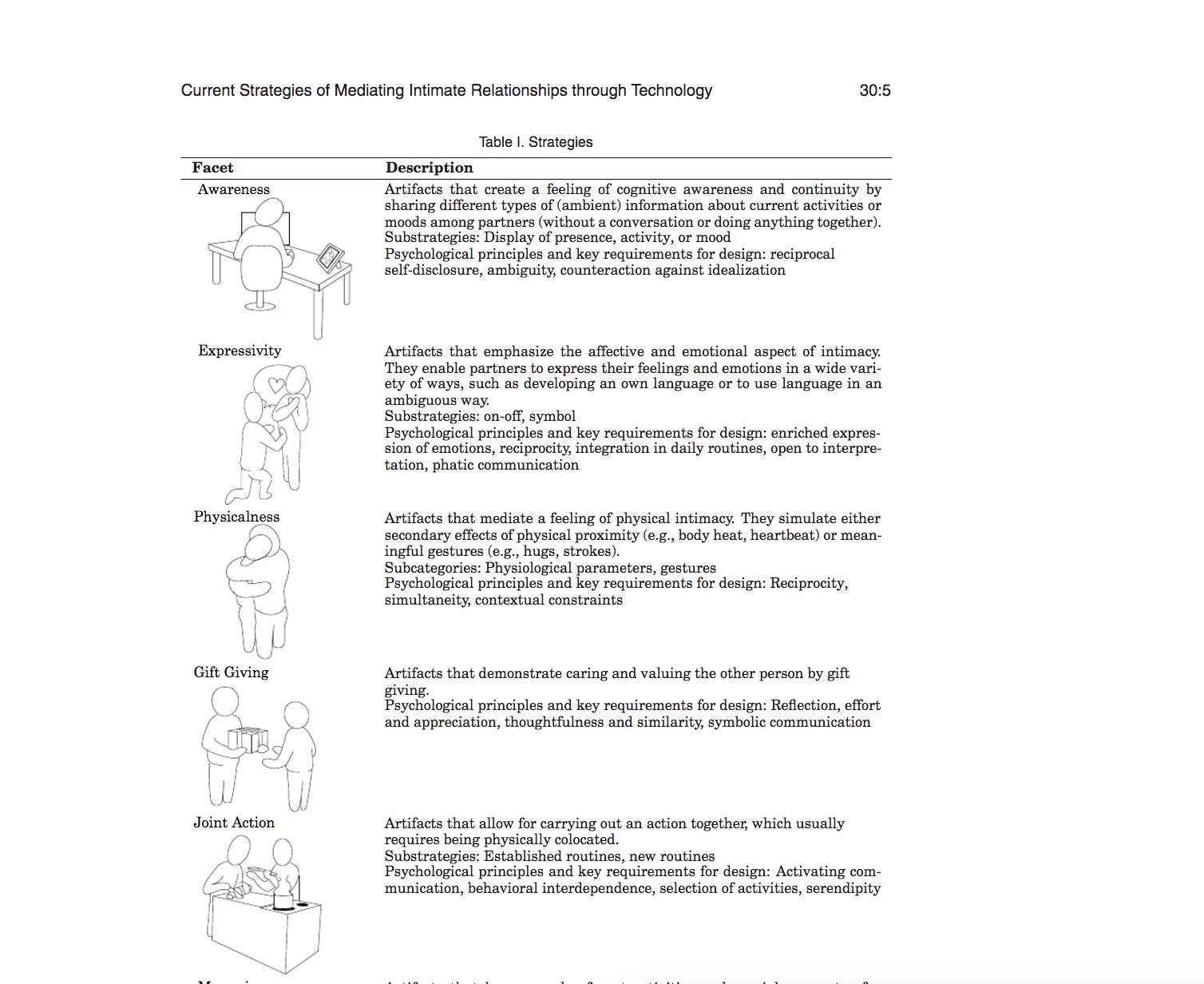
Current Strategies of Mediating Intimate Relationships through Technology — Marc Hassenzahl

Exploratory Research: Exhibitions
01 Desk & exploratory research
Why? To map the problem area — from alternative time systems to theories of relatedness — and to gather inspiration beyond my desk (and desktop!)
In order to expand my thinking and create an innovative solution, I researched beyond my discipline.
Desk research: After researching human-computer interactions, experience design, the revival of analog objects and ‘relatedness’, I found a very helpful table of strategies by Marc Hassenzahl, which I continued to refer back to throughout the project. I considered how relationships and people can become embodied in objects, such as wedding rings, and therefore become linking objects invested in meaning.
Exploratory research: I visited and explored many interesting exhibitions and museums which gave me a better picture of the problem and its context; Intimacy Exhibition — Science Gallery, EPIC — The Irish Emigration Museum, Royal Observatory — Greenwich, Alternative Time Systems — Helga Schmid, Home Futures — Design Museum.

Example survey results
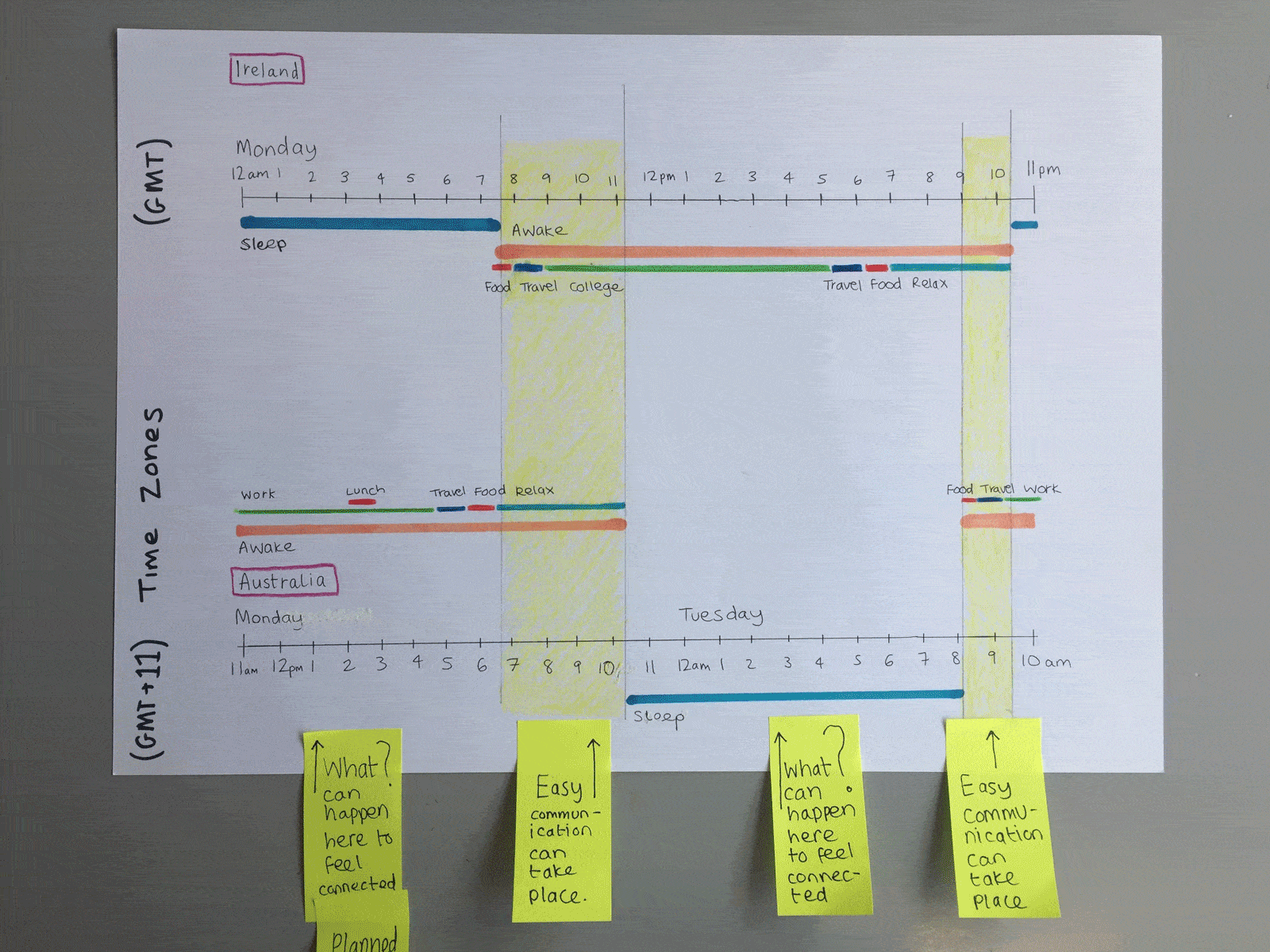
Mapping persona relationships
02 Surveys
Why? To gather primary research, unmet needs, beyond my personal experience
To hear others’ experiences, I created two surveys and gathered 110 responses from the ‘emigrant’ and the ‘homebird’. I investigated current communication methods and frequency. These results informed the unmet needs of the potential ‘users’.
After reviewing the results from my surveys, I created 6 personas for 3 different relationships.
03 Redefine the Problem
Why? So I design valuable solutions for the unmet needs of the relationships
As I gathered my primary and secondary research, I continuously redefined the 5 W’s (who, what…) of my evolving research problem. This ensured that I didn’t lose sight of the core problem.
I used the persona relationships to map the current user journeys. I also mapped times for potential synchronous communication for each relationship as well as developing relationship plans.
04 Ideation
Why? To explore possible solutions to improve communication and feeling close across time and space
In this iterative phase, I conceived ideas from linking objects to a mobile app to postal services. They spanned from near-future ideas to speculative solutions. I interlinked this phase with the journey mapping phase to create solutions that could add to or transform current relationship experiences.
05 Journey mapping
Why? To map all the touchpoints of the new solution across time
Once I narrowed down my solutions I then:
— Mapped my solution into current relationship experiences
— Mapped my solution into could-be relationship experiences
— Mappped all the touchpoints of the new solution across time

Interaction design research
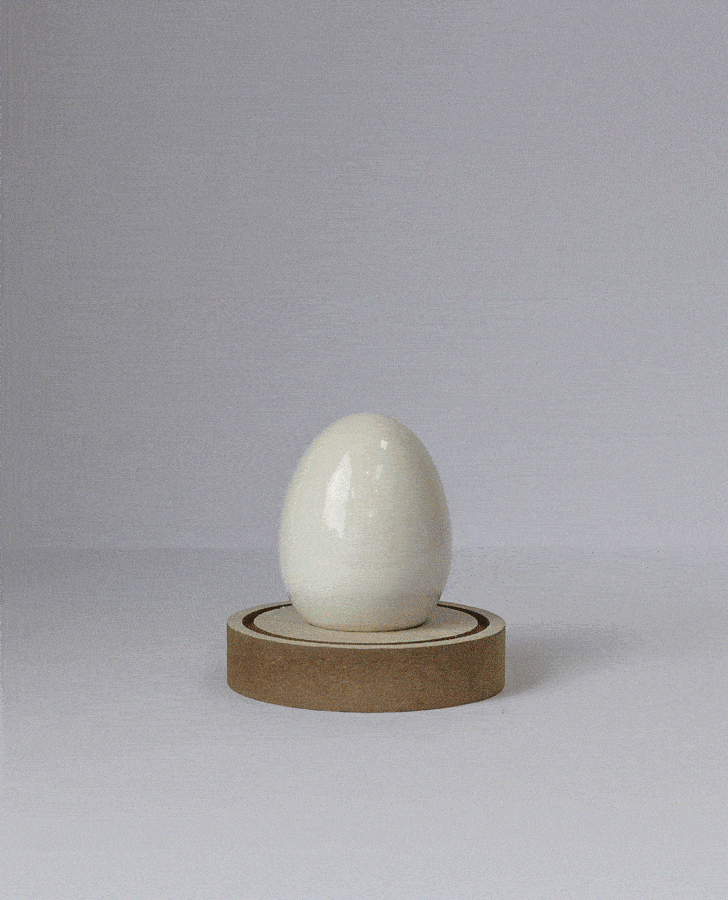
Interaction design prototyping
06 Research and Prototyping
Why? To explore interactions for an immersive experience
Once I had a clear idea of what and when touchpoints were needed, I researched and developed the interactions and interface. I iterated its form, tactility, haptic feedback, light and sound.

Hold to Listen
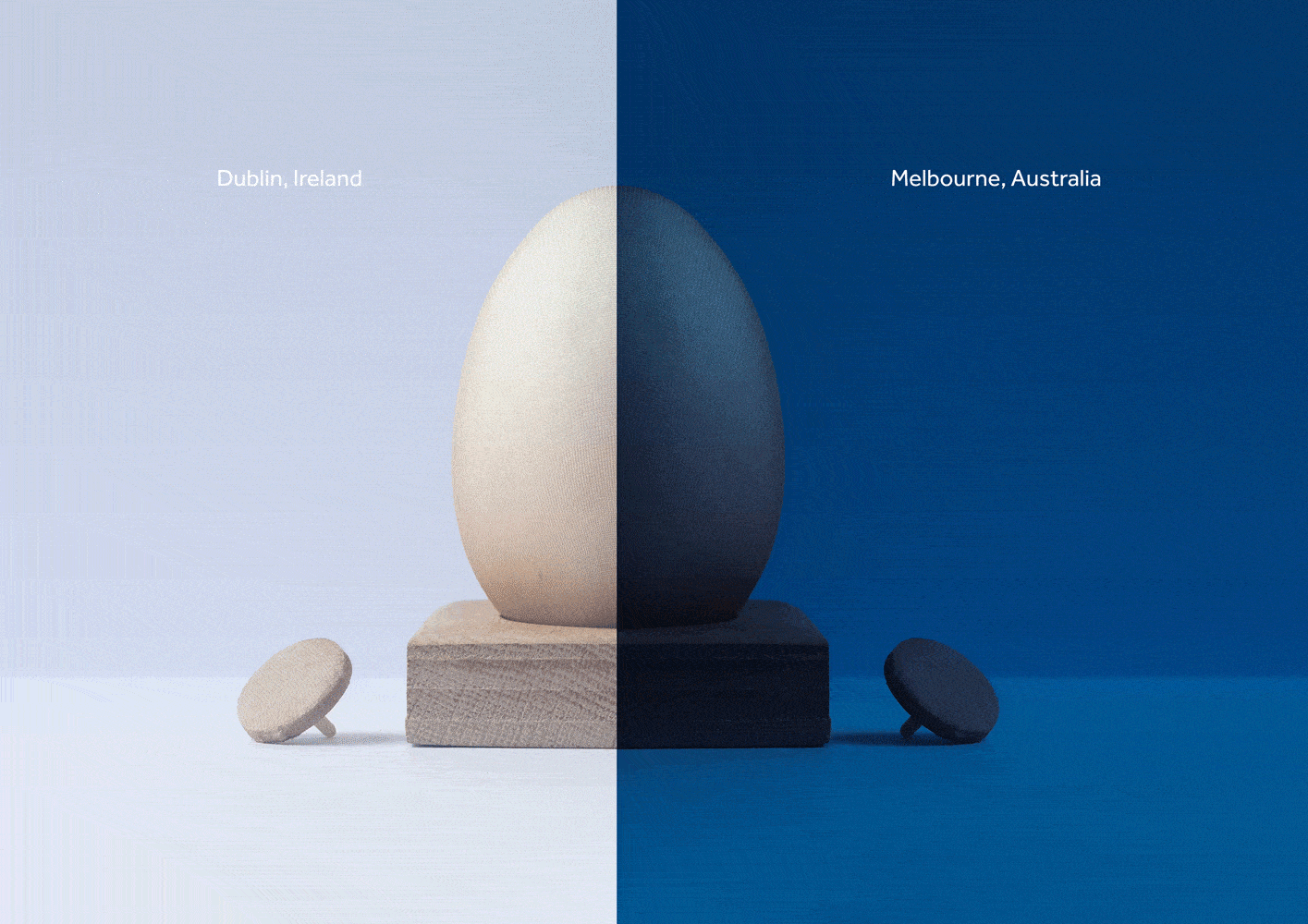
Connected across Time Zones
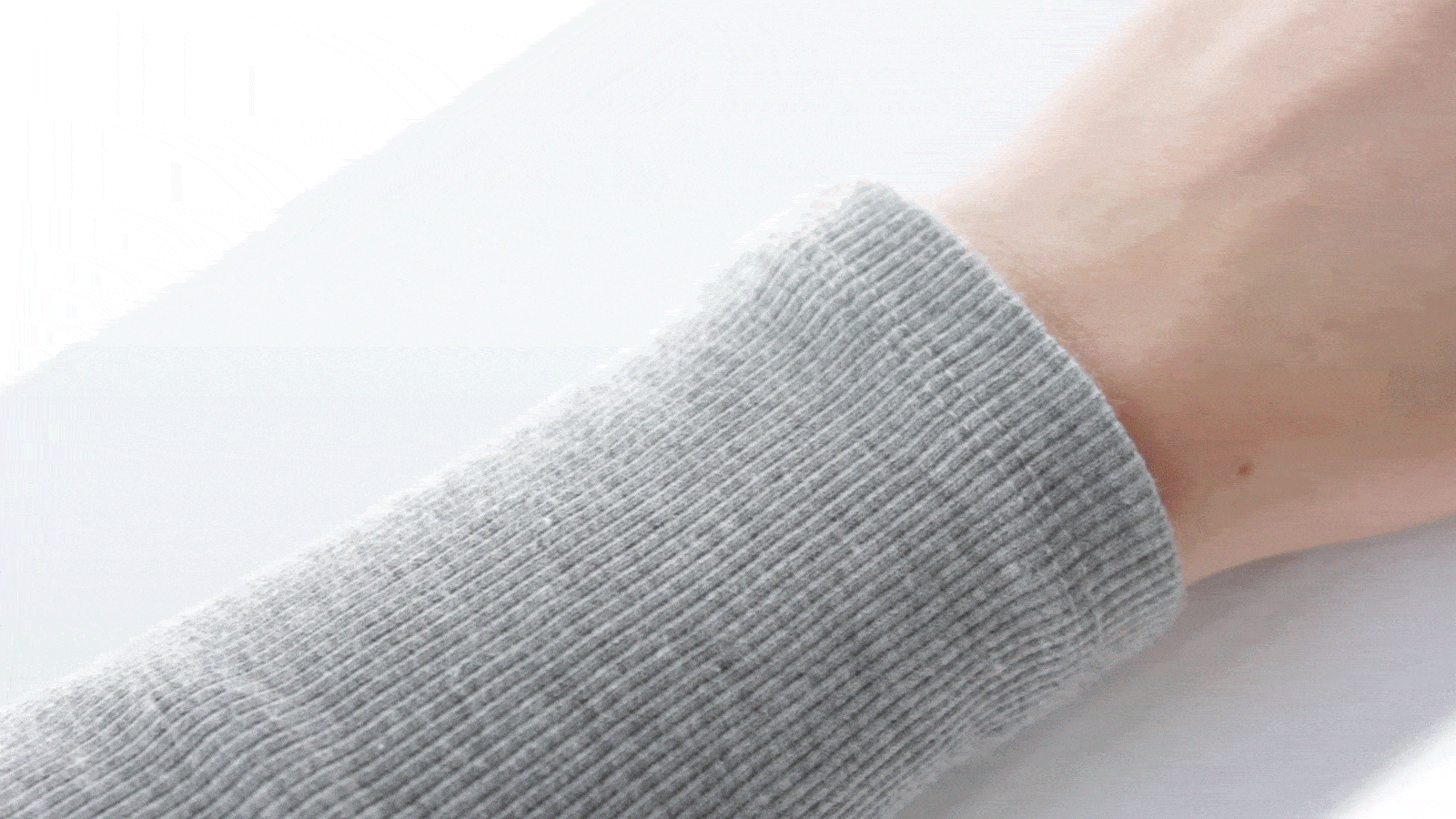
Wear to Record
07 Storytelling
Why? To make the experience tangible so that people could understand the speculative solution
As I did not have the capability (or time!) to develop the technology of the experience, I chose to communicate the product interactions and feedback using photography and motion.
The pitch
My outcome is a tactile experience and way of communicating asynchronously. As a closed intimate network, the pin and pod devices are designed with simple interactions between two people. These physical, linking objects create an experience invested in meaning.
How does it work?
It’s often the simple everyday moments that your loved one misses out on hearing about. Log short voice messages throughout your day on your pin to keep them in the loop. These messages get banked on their pod. A light on your pin signifies that your loved one is in ‘active time’ — awake and also wearing their pin.
Be it your sibling, cousin or close friend, it’s often before or after work when you get to catch up. Feel their presence in their absence as the stream of voice messages they’ve banked on your pod surround your space.
Details —
Undergraduate Final Year Project
January – June 2019
Speculative Project
Individual project, including: product design, photography, motion